From cigars to Swamp Root, take a walk through Binghamton history
It’s time for another shameless self-promotion, but this one is always a fun event for me. On Saturday, July 8, from 2-4 p.m., I will be leading a walking tour of downtown Binghamton for SUNY Broome’s Continuing Education Department. This is the third walking tour so far during this season, and the one I have done most frequently through the last two decades.
You might be asking, if I have given the tour so often, who is left to want to take it? I hope the answer to that question is quite a few. There are many reasons why, but I want to discuss of few of those in this column. The first, and most important, is that by walking the paths of the tour, the participants will get a sense of the spectrum of Binghamton’s history.
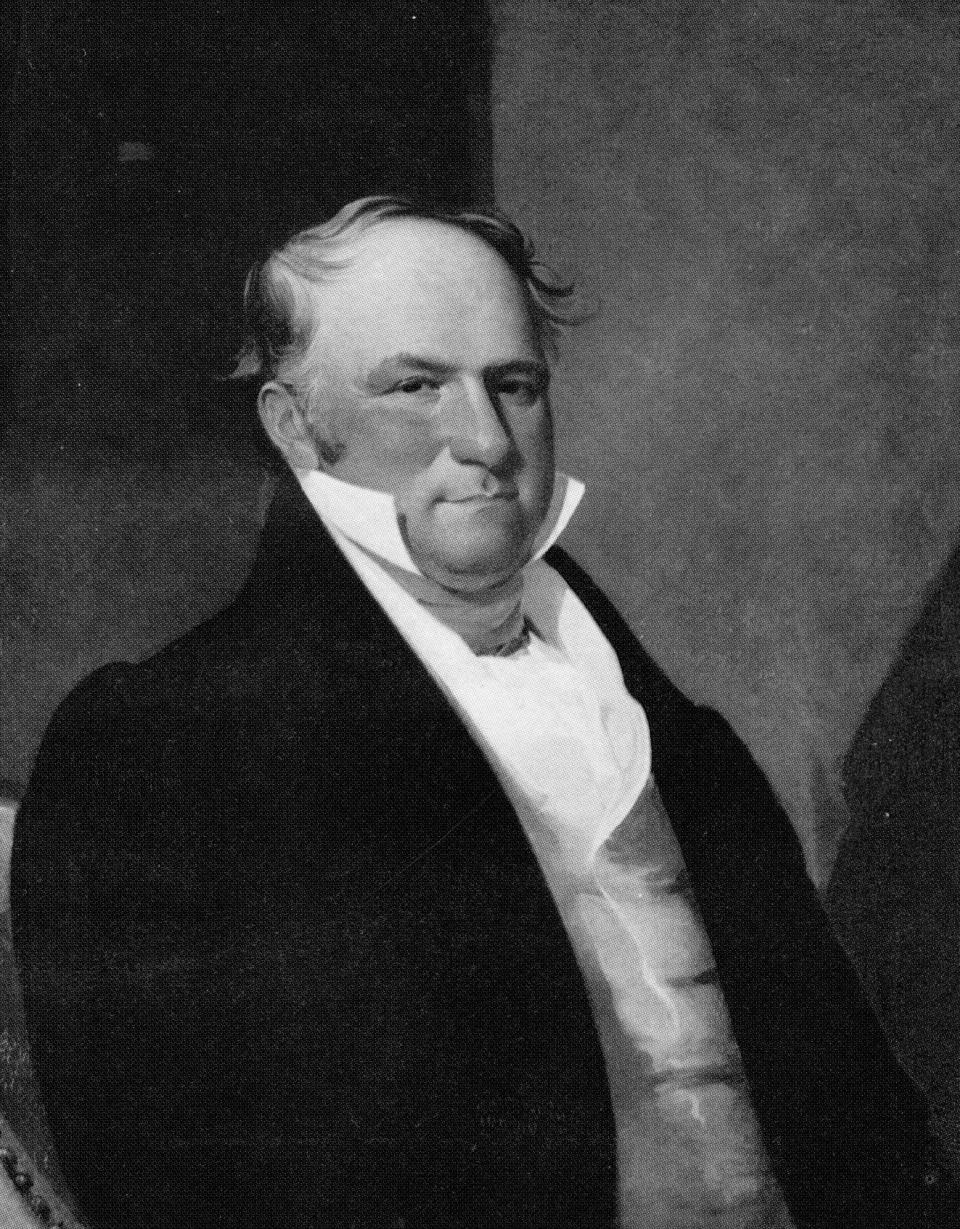
While many of us are accustomed to the look of today’s Binghamton, I try to give the participants the sense that they are walking through 250 years of history. Imagine standing on the grounds of the Broome County Courthouse and understand that that plot of ground was set aside by William Bingham’s land agent, Joshua Whitney, to be used as the public square. Now remember that William Bingham settled a lawsuit to receive the 10,000 acres that is much of the city in 1787.
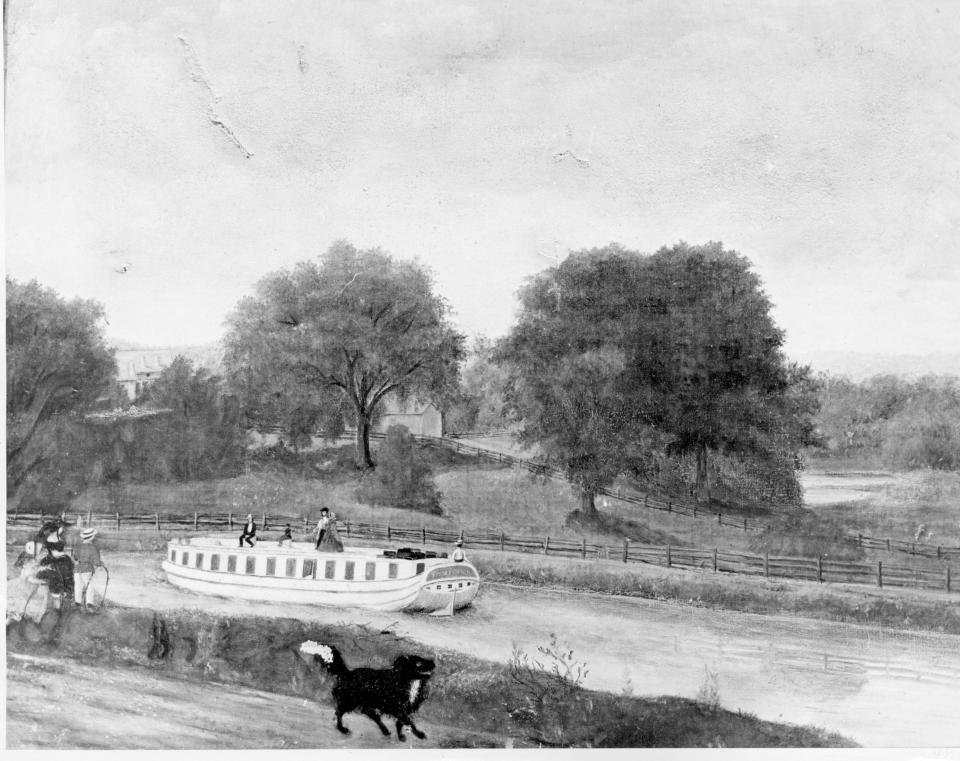
Imagine walking along the street plan that Joshua Whitney laid out by 1800, and then taking a stroll along the banks of the Chenango Canal. Try to step back to the 1840s when packet boats traveled through the new village of Binghamton, and some of our ne’er-do-wells would belly up to the bar at Buckhorn Adams, perhaps to engage with a lady of the evening (yes, there was prostitution back then).
Walking along the familiar streets of Binghamton, you will pass the location of the first successful wireless telegraphy (radio) in the United States. Turning the corner you can pass by the location where three giants of industry – the original locations of the companies that would evolve into Endicott-Johnson, IBM, and Link Aviation all began within one block from each other.
Walking past a successful eatery, one must imagine that it was once home to 500 workers in the cigar industry, and that the city’s landscape was dotted with over 50 other cigar factories that made 100 million cigars each year. But cigars were only one of the many products being made – many of them in the downtown area of the tour.
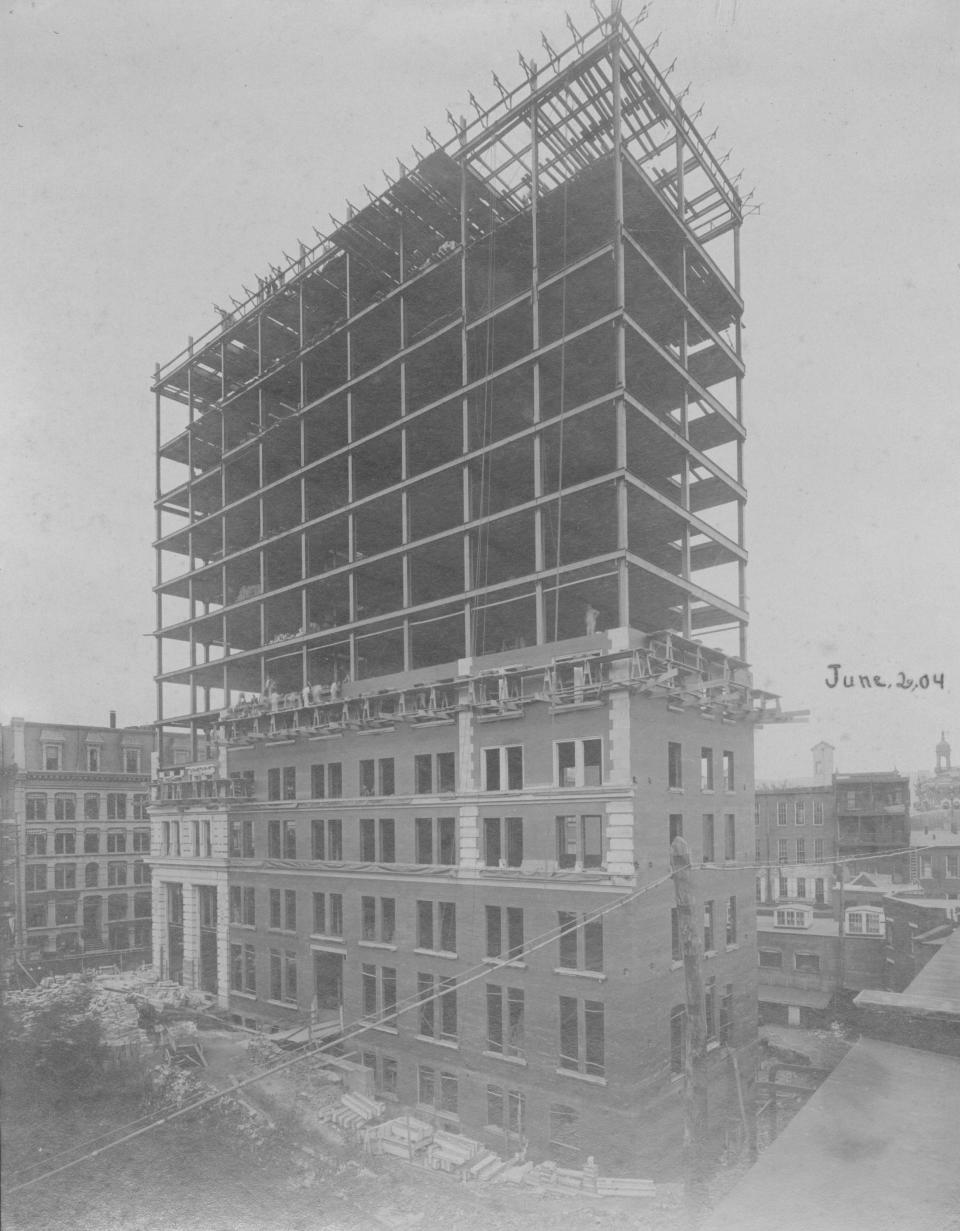
One of those products was Swamp Root medicine by the Dr. Kilmer & Company patent medicine firm. So many of the stops along the tour seem to be connected to the Kilmer family, and especially Willis Sharpe Kilmer. His success seemed to begat even more success – in business, newspapers, and horse racing, while his personal life was fodder to scandal.
The tour takes us through waves of immigrants, and the arrivals of thousands of newcomers to this valley of opportunity. While the tremendous growth of the late 19th century and early 20th century creates a picture of ideality, there was much disaster and failure that is also found along the streets of the tour.
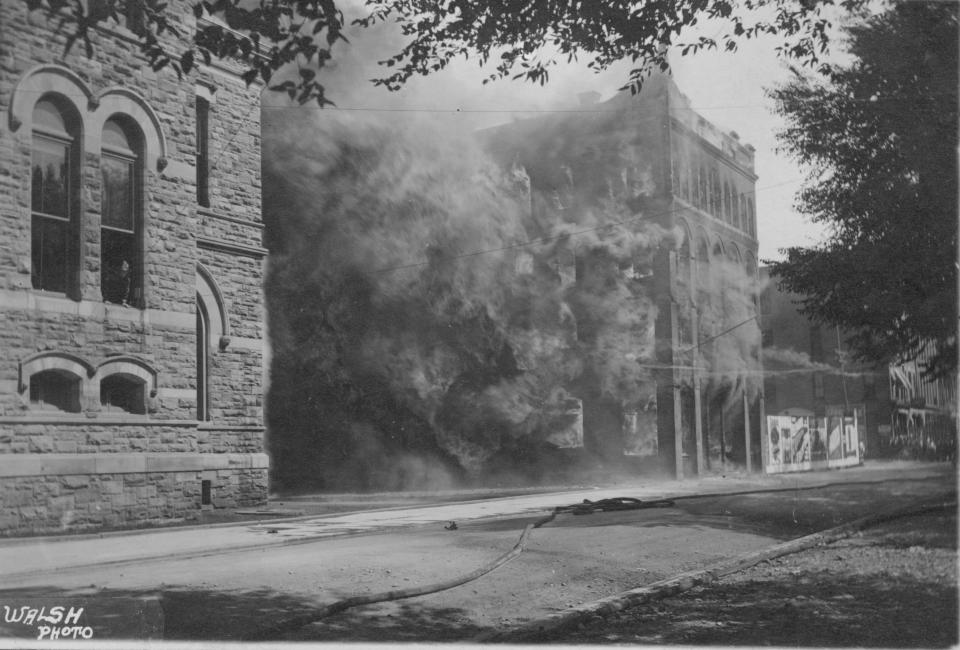
We will pass by the location of Binghamton’s worst human disaster − the Binghamton Clothing Company and the 1913 fire that claimed 32 lives. The tour takes us along the locations of the major floods of 1935, 1936, and 2011. We will discuss the locations of our involvement in the Civil Rights movement with the markers for William Moore of Binghamton, John F. Kennedy, and Dr. Martin Luther King, Jr.
Along the way, we will take note of the variety of architecture – buildings and landmarks dating from 1810 to the 2000s. Greek Revival, Federal style, Victorian, Art Deco – there are many examples to note along the way. Locations of long past restaurants, movie theaters, and many other notable businesses will be found along the tour.
I urge you to contact SUNY Broome Continuing Education listed under Personal Enrichment in their catalog and sign up today for a fun time.
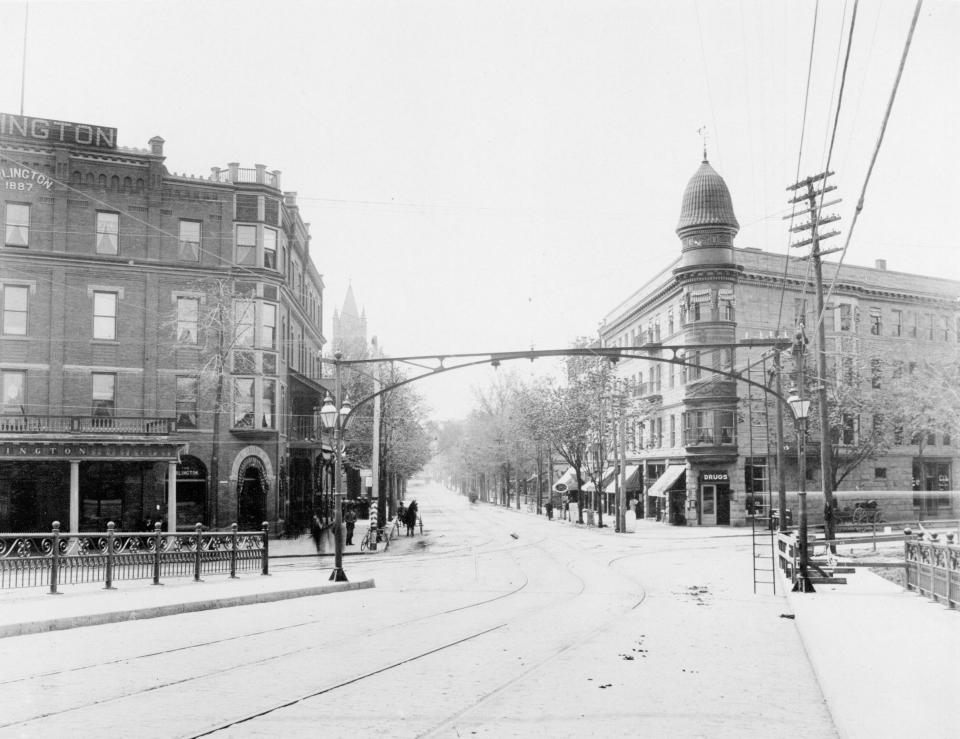
Green dilemma: Years after saving the bald eagle, NY backs wind farm projects that could kill 82 of them
More history: Buckets required: How a Binghamton ordinance almost stymied early firefighting efforts
Gerald Smith is a former Broome County historian. Email him at historysmiths@stny.rr.com.
This article originally appeared on Binghamton Press & Sun-Bulletin: Binghamton history includes industry, tragic fire, diverse architecture

